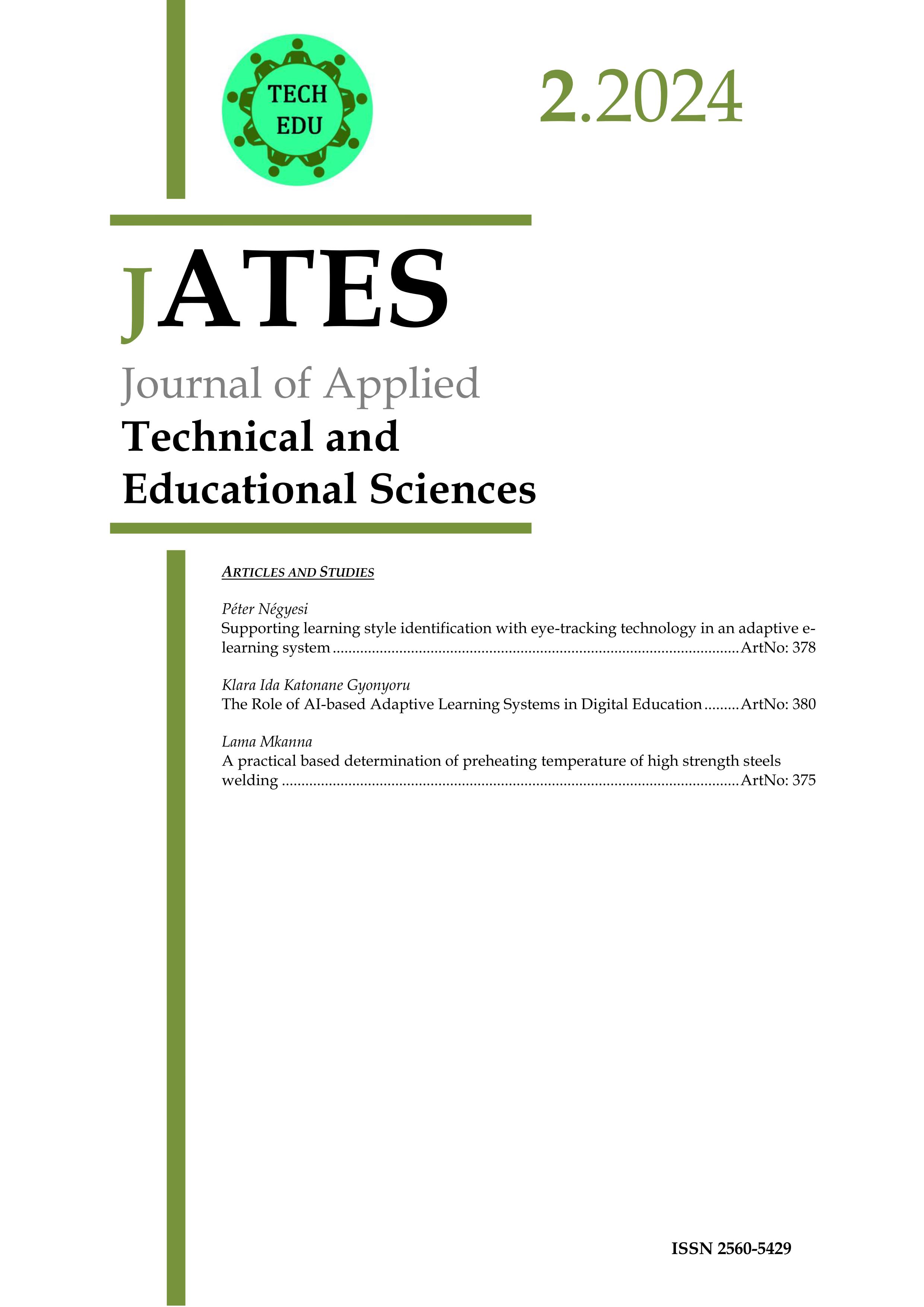Supporting learning style identification with eye-tracking technology in an adaptive e-learning system
Abstract
In my study, I propose an approach for automatic detection of visual and verbal learning styles in an adaptive e-learning system (https://aes.negyesipeter.hu) I have developed, based on eye-tracking technology. In the online study, I used GazeRecorder eye-tracking software to record the time participants spent looking at text- or graph-based learning objects. The entire study lasted an average of 25 minutes, depending on the participants' reading speed, reading comprehension and calibration process. 255 participants took part in the current study, 60% of whom were high school students (N1 = 153) and 40% of whom were first-year university students (N2 = 102). However, due to a calibration problem, 204 valid data were obtained. Of these, 179 had normal vision and the rest (25) wore glasses. A cross-sectional analysis of the heat maps for each user showed that there was a significant difference between visual and verbal learners; verbal learners spent most of their time looking at the textual part of the screen, while visual learners spent more time looking at the graphical part of the screen. Moreover, the results show a high correlation between Felder-Silverman learning style and eye movements recorded during learning. The results have important implications for the development of more effective adaptive e-learning systems. The ability to automatically identify learning styles can greatly improve the personalised learning experience.
Copyright (c) 2024 Journal of Applied Technical and Educational Sciences

This work is licensed under a Creative Commons Attribution 4.0 International License.
The submitting author warrants that the submission is original and that she/he is the author of the submission
together with the named co-authors; to the extend the submission incorporates text passages, figures, data or
other material from the work of others, the submitting author has obtained any necessary permission.
Articles in this journal are published under the Creative Commons Attribution Licence (CC-BY), the author retains
the copyright. By submitting an article the author grants to this journal the non-exclusive right to publish it
(e.g., post it to an institutional repository or publish it in a book).








